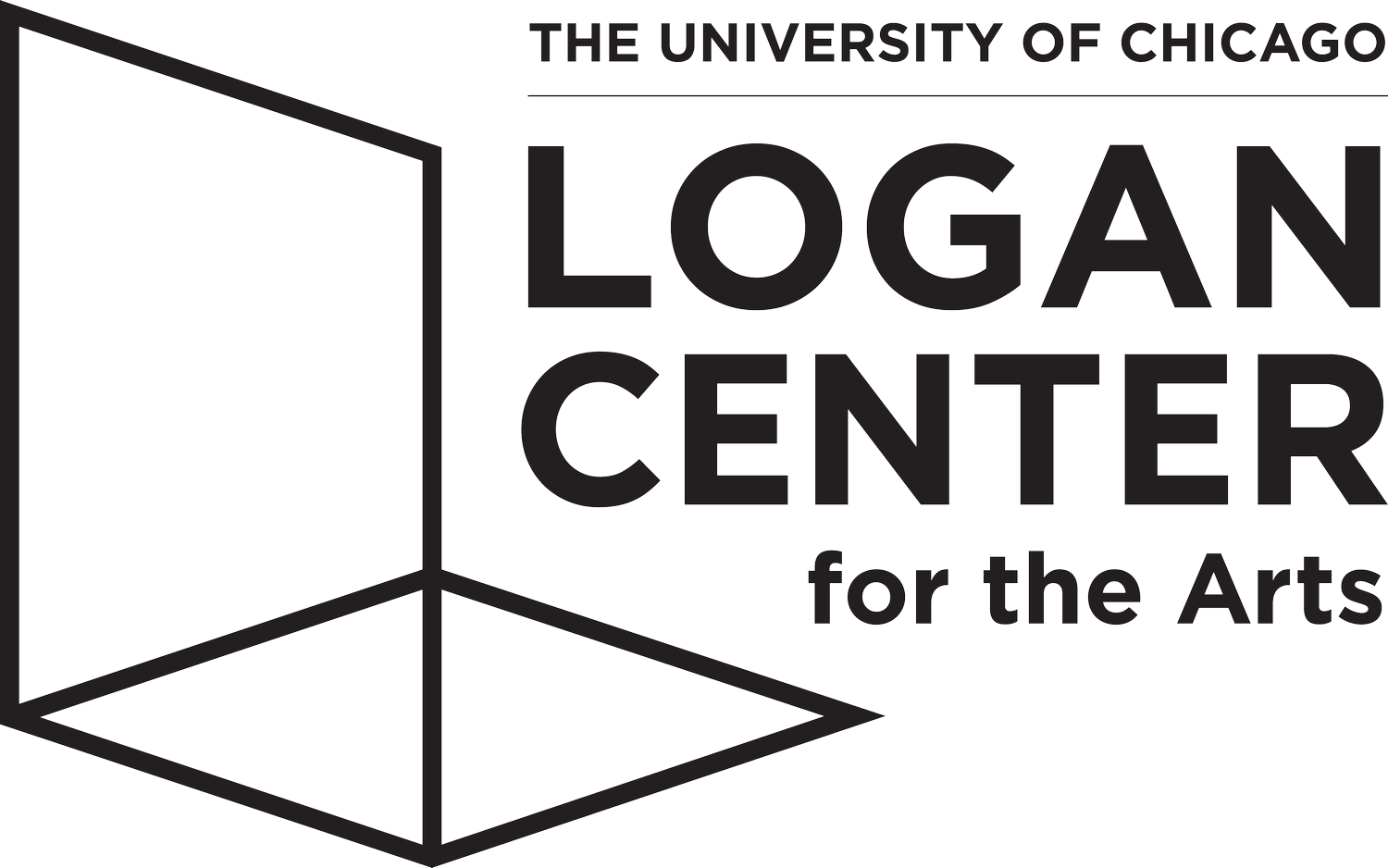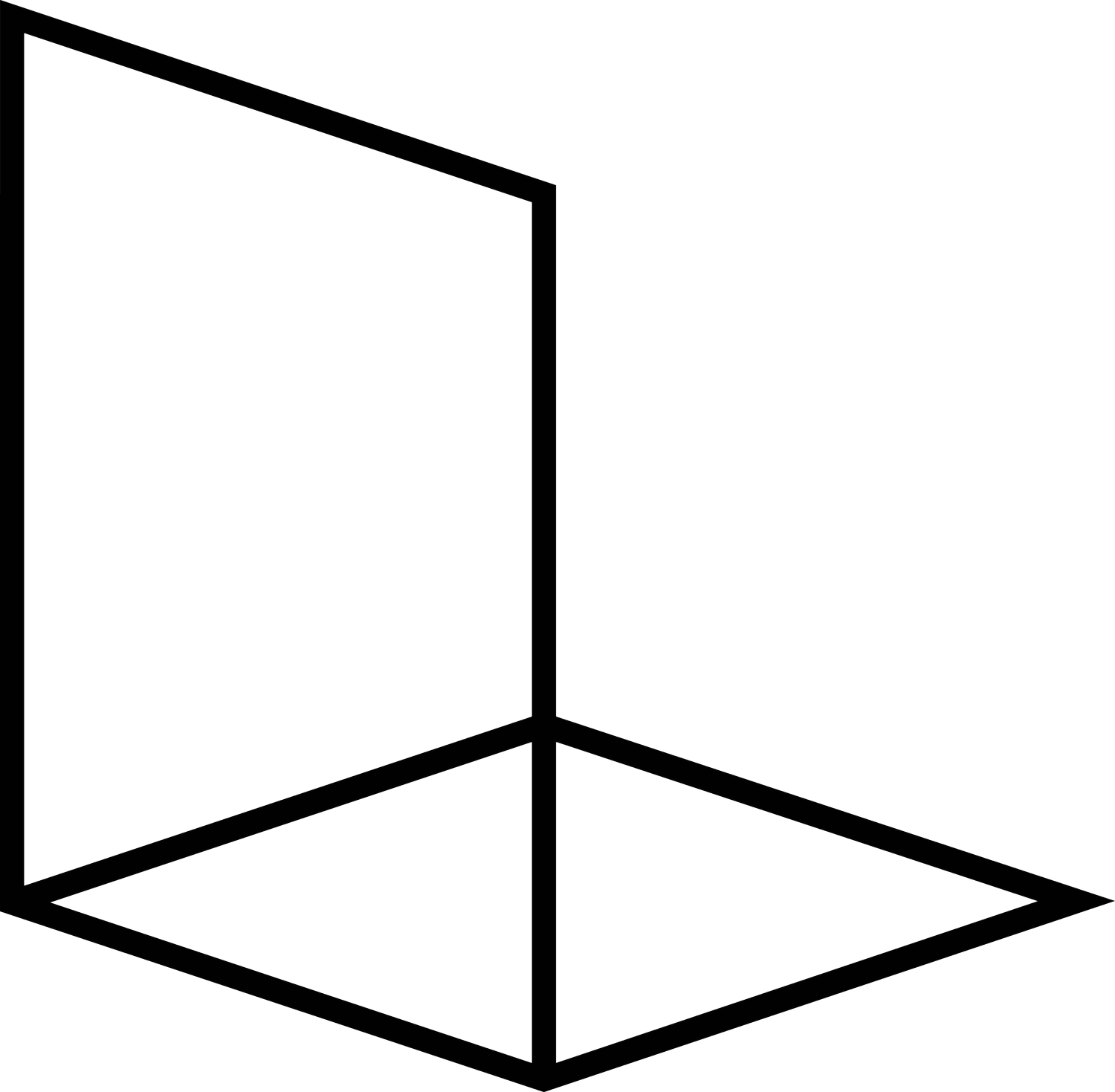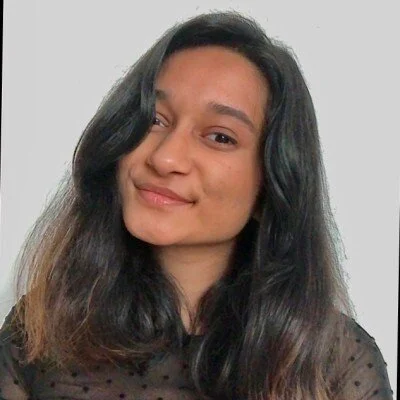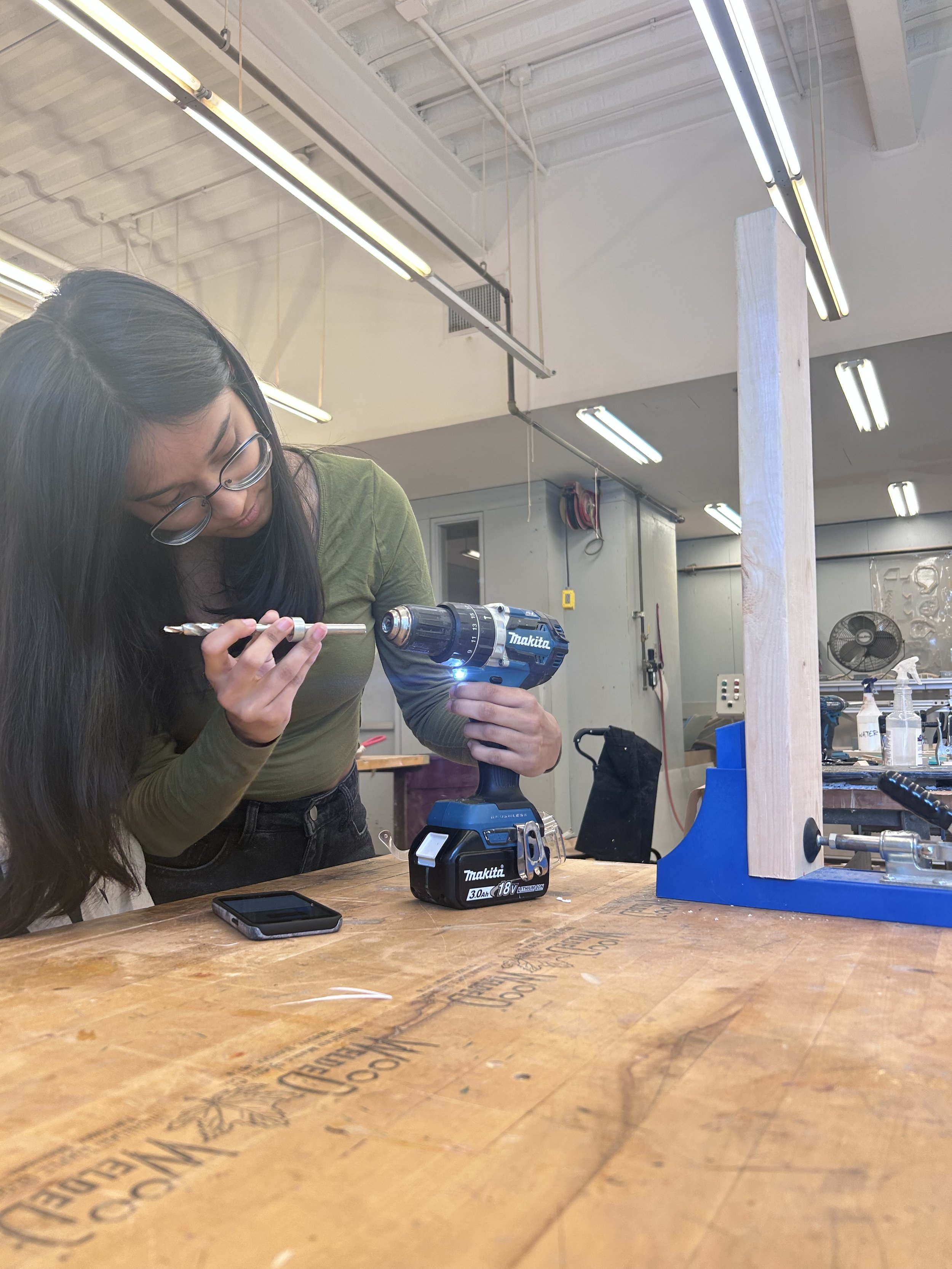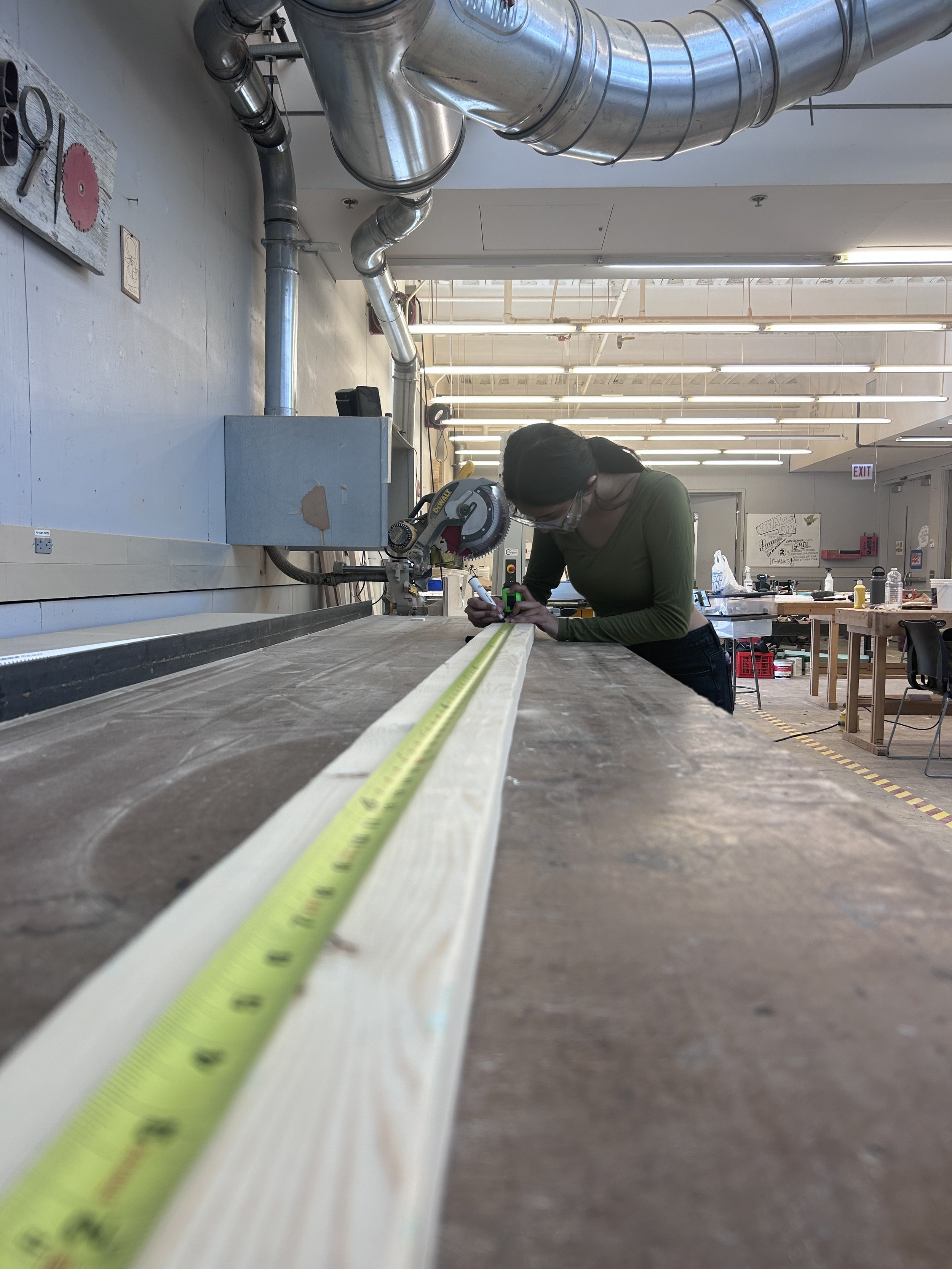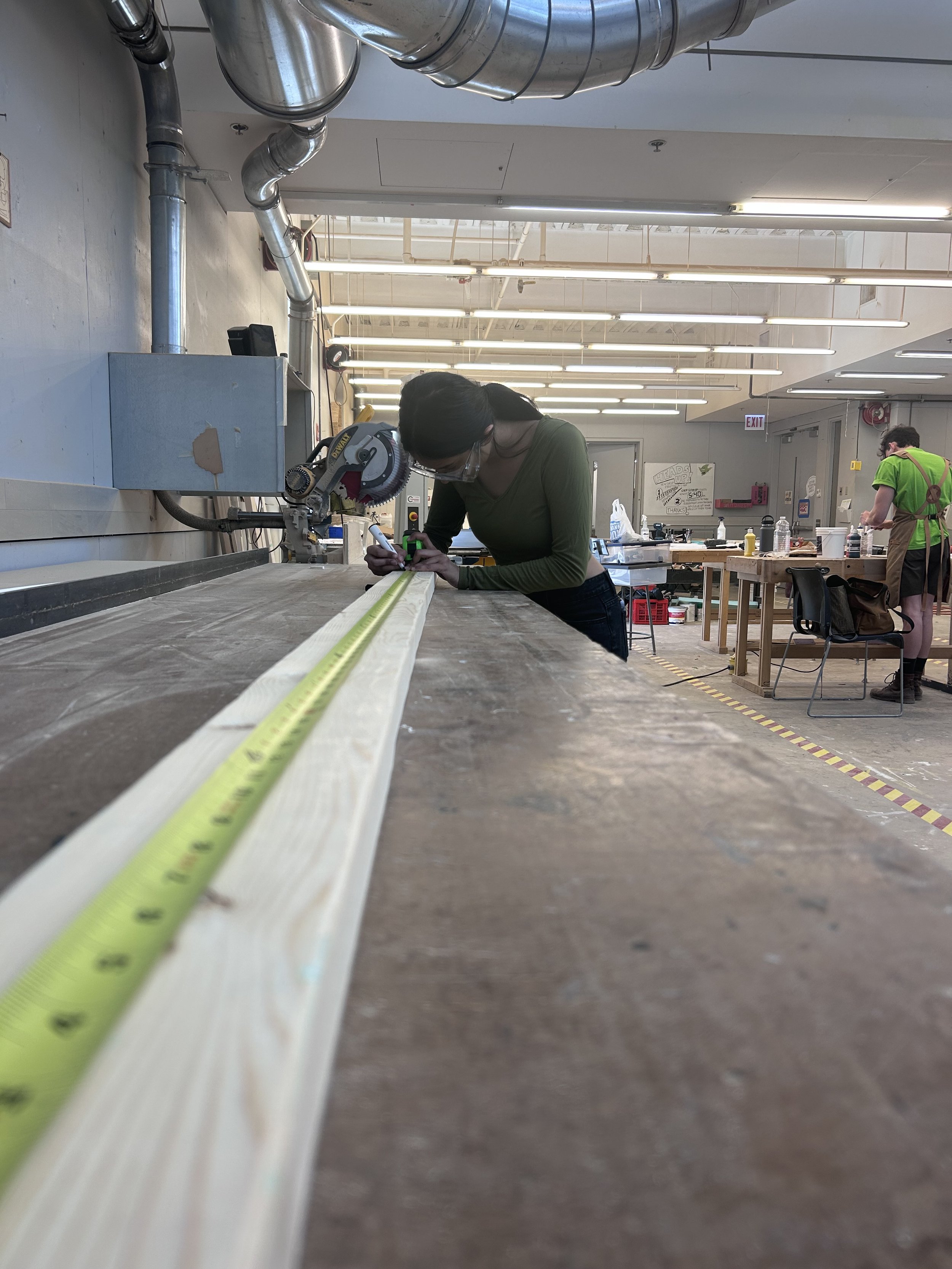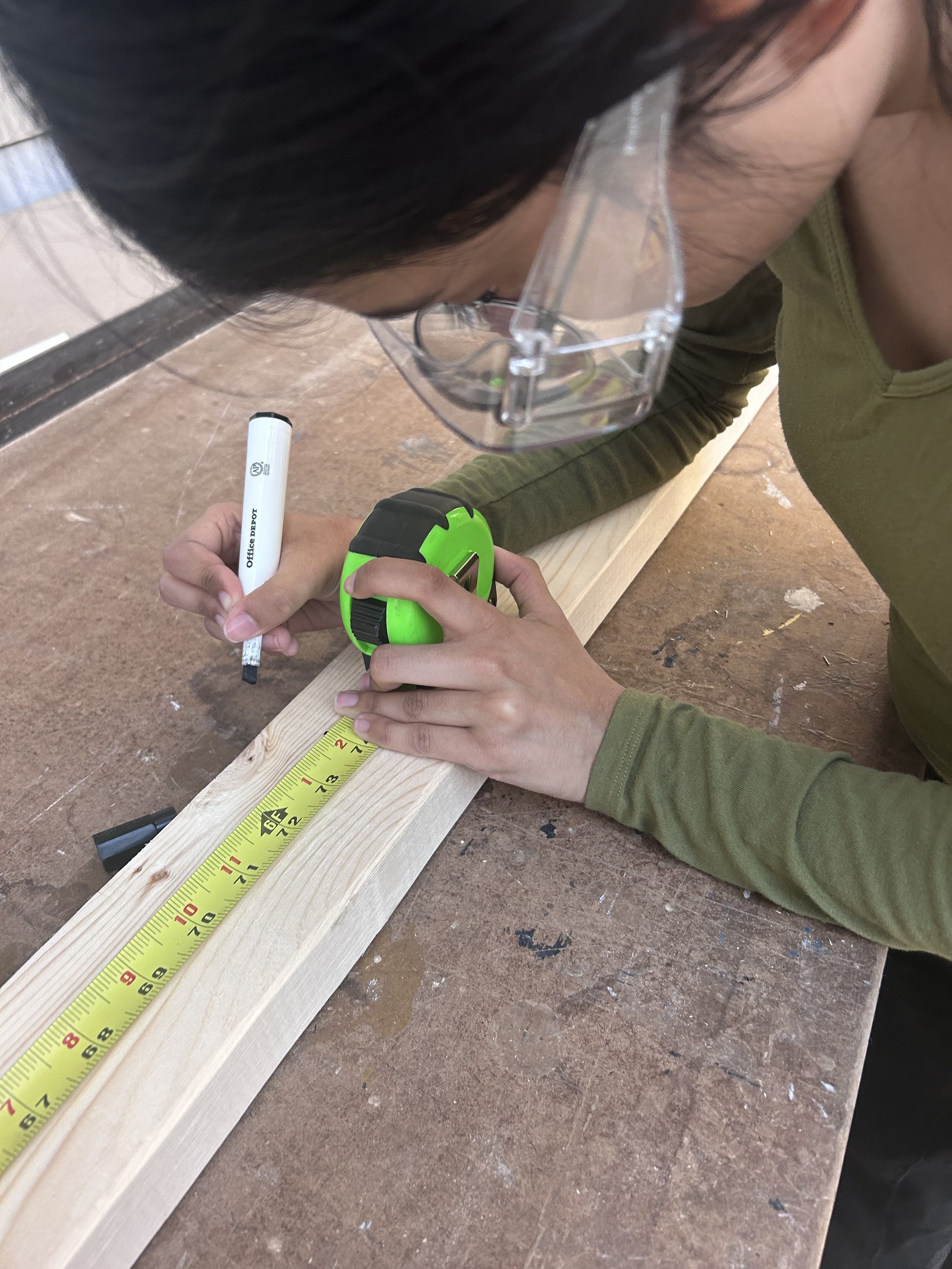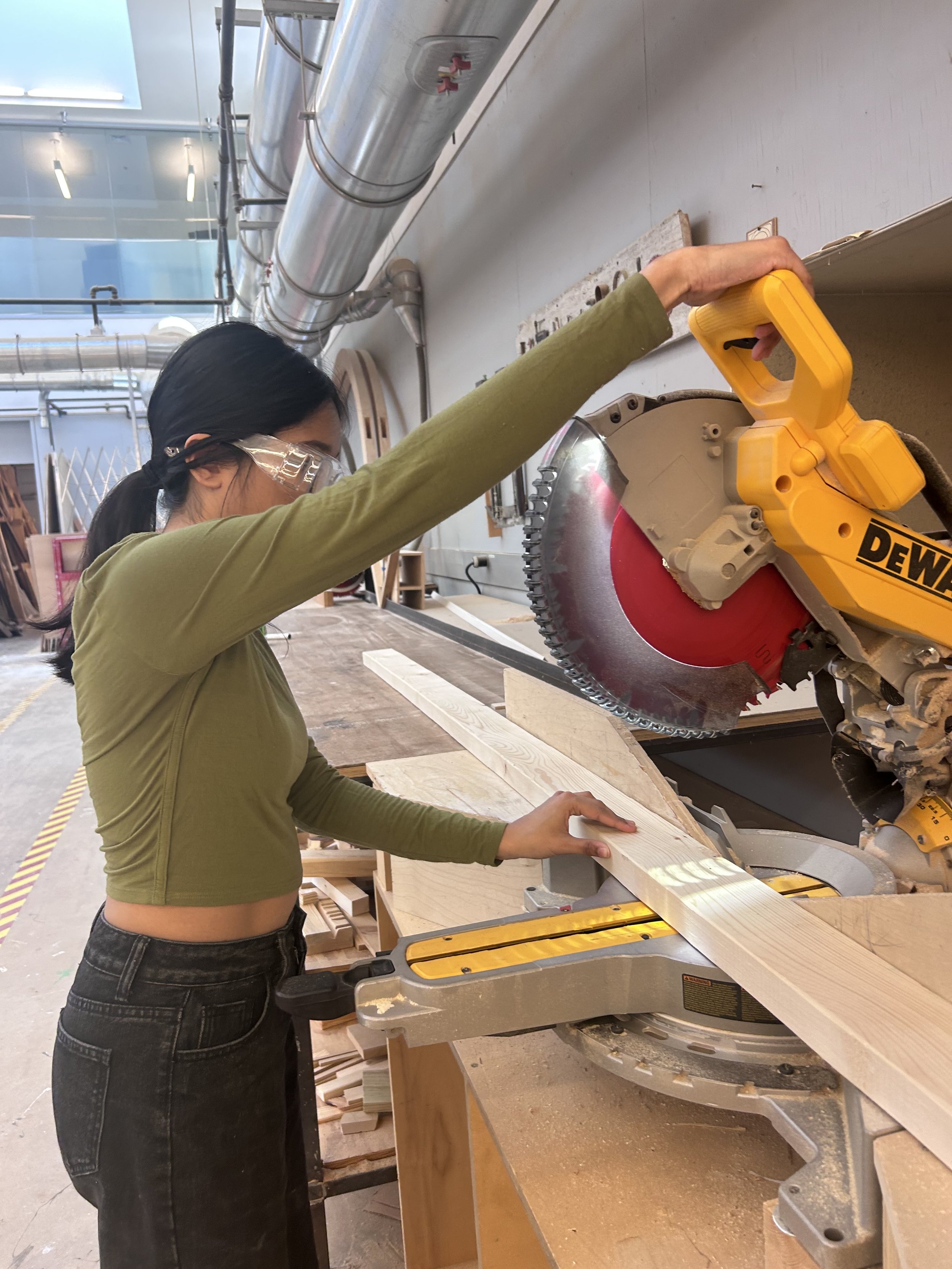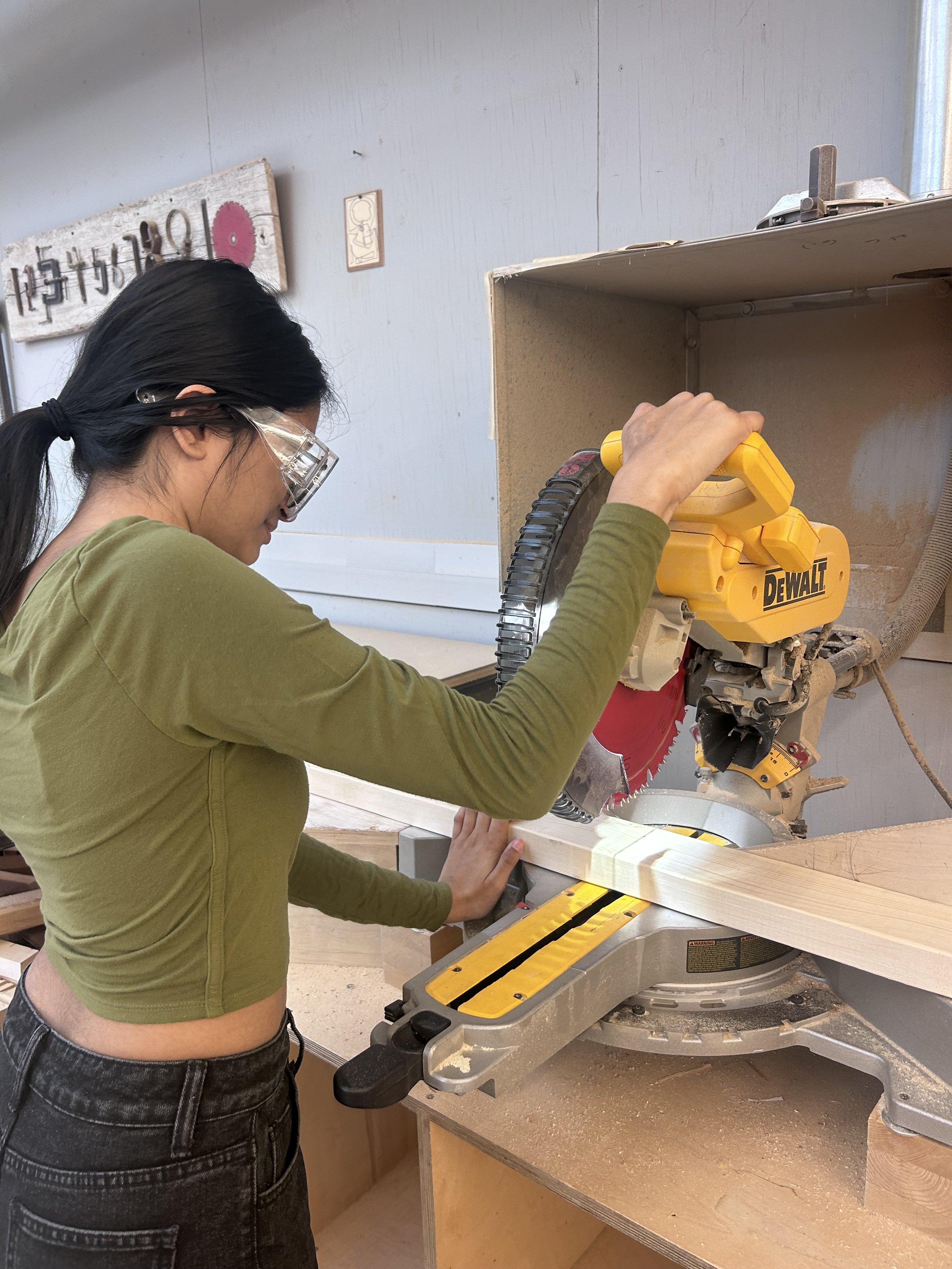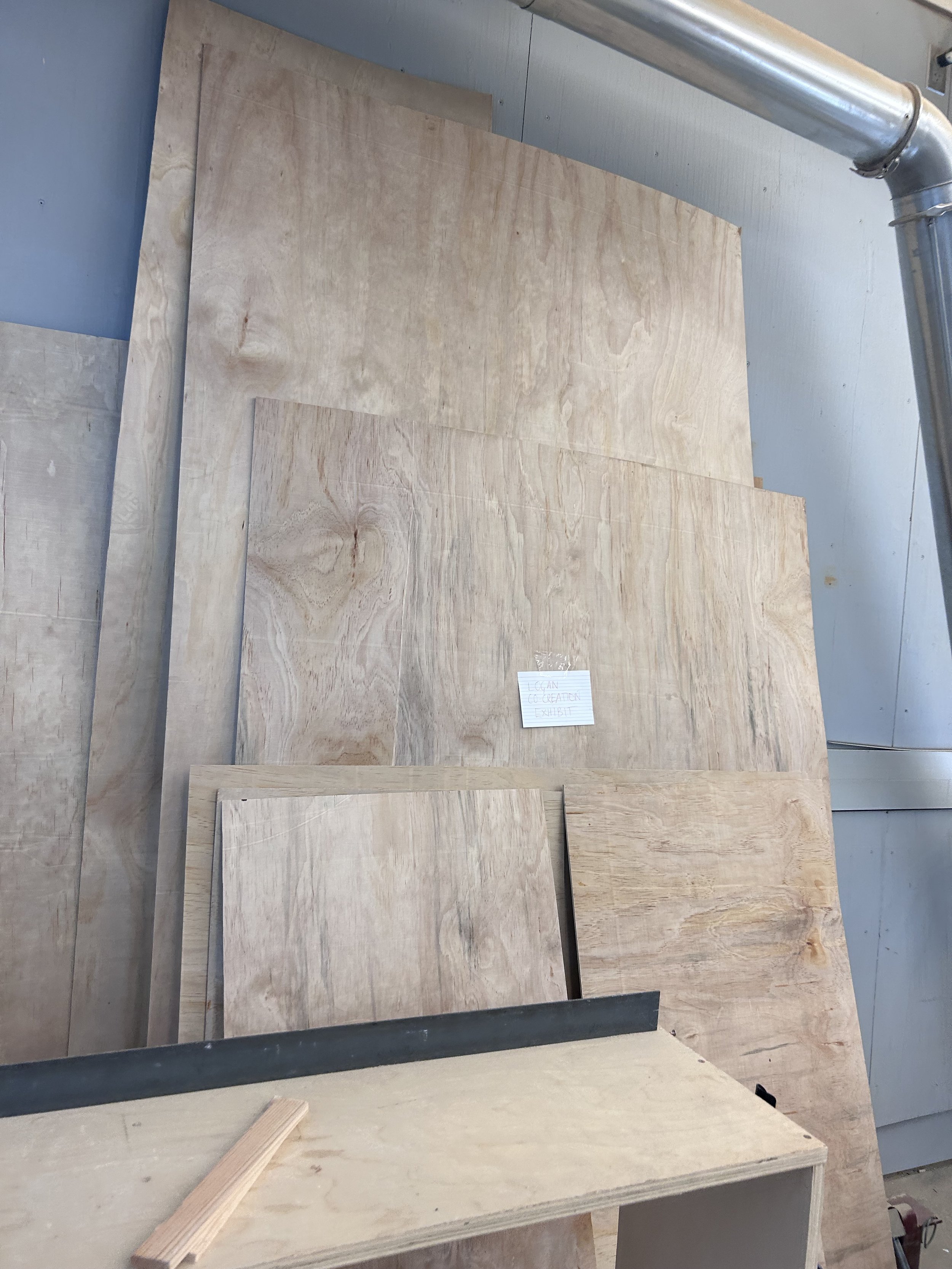Logan Center Co-Creation Grant 2022-23
Permanence
THE PROJECT
Permanence is a project that deals with the implications of students’ fleeting presence in dorm rooms.
It aims to examine the nature of a space whose inhabitant is constantly changing. For a year, colleges expect students to make their dorm rooms a second home. Students hang up posters, family photos, and lights; and put on rugs and new furniture. They invite their friends and partners to hang out, blast out music, and cry over heartbreak or stress. In the span of a few months, this room welcomes them at their highest and their lowest. When this time ends, and they and their belongings are gone, the space will regain its standardized form and look identical to the one next door.
Usually, the only traces left of the former occupant will be a few bumps and scratches on the furniture and walls. Colleges will clean up and make necessary repairs to prepare the room for the next inhabitant. In this way, the dorm room is always in conversation with the old and the new. Permanence is curious to explore the real and imagined traces of life left in these revolving-door rooms.
Permanence is an interactive project.
Visitors to the Logan Center are encouraged to “decorate” the replica dorm room. The project is on display on Level Two of the Logan Center, near the North Cantilever lounge. Permanence will be on display until Sunday, June 4, 2023.
THE PEOPLE
THE PARTS
The Permanence project is composed of two different sets of artwork. Working together, the installation and the photographs will highlight the vitality of a space that is constantly changing. The two elements of Permanence will contrast the tensions between old and new and invite visitors to reflect on their relationship with the places they inhabit.
-
Consists of portraits of students in their current dormitories. For this part, we aim to photograph students from all residence halls on campus. Although the focal point of the portrait will be the student, the photographs will place the subject in the context of their room. They will be surrounded by objects that make them familiar with the space. To do this, we will utilize a wide lens, and possibly a fish-eyed lens. These portraits will be in color. We expect to create high-quality prints and buy frames for these photographs. Currently, we anticipate displaying approximately five prints.
-
Consists of a reduced replica of a dorm room. We aim to build a version of a Woodlawn Residential Commons single. This installation will have a similar format to a theater set, meaning there will be no fourth frontal wall. Nonetheless, it will have a ceiling.
The room will appear vacant, without any decoration or belongings. However, the furniture in the installation will be second-hand, creating a complicated relationship between the space’s newness and the idea of a former life. People who visit the exhibit are invited to walk into the room, touch the furniture and sit on the bed.
Furthermore, visitors will be encouraged to make their mark on the space. Most people are familiar with the tradition of writing your initials or a message in a location where you wish to leave a trace of your presence. You can’t do this in your dorm unless you want to get fined, and the university will cover it up anyways.
-
The Logan Center will help us bring this project to life because part of its creation and then its exposition requires a physical space.
Furthermore, the Logan Center isn't just any space on campus; it is a hub for creative minds at UChicago and in the larger Hyde Park community. This project will depend on resources available at the Logan Center, such as the woodshop, the editing suites with printers, and the Cage. In the woodshop, we will create the interactive portion of the exhibit. We will also use the equipment from the Logan Media Center to conduct the photography and editing work. Once the project is finished, we are extremely excited about exhibiting the pieces at the Logan Center since we know that this is a place that professors, students, and community members visit to engage critically with art.
Furthermore, our subject matter touches on a subject that will speak closely to the student body and will hopefully spark in them a reflection on the spaces they inhabit.
-
This grant will help us bring Permanence to life and exhibit it to an audience that will connect to the subject matter. It will allow us to combine different artistic disciplines such as photography and sculpture. In addition, it is interactive and encourages students to experiment with creating art based on their emotional connection to the piece and what it represents.
There are aspects of the undergraduate experience at UChithat are known well and publicized by individuals outside the student population, like Scav, Kuvia, and even house culture. Dorm rooms are kept private but are highly important to the undergraduate experience from the student’s perspective.
In making the impermanent yet deeply emotional nature of dorm rooms explicit, we aim to innovatively add richness to how the student experience is perceived by faculty and members of the University community. In encouraging students to add to the exhibit, we also aim to provide an outlet for this feeling of impermanence that many students contend with as it comes time to move in or out.
Kriti Krishnan and an unnamed student pose in their dorm rooms.
